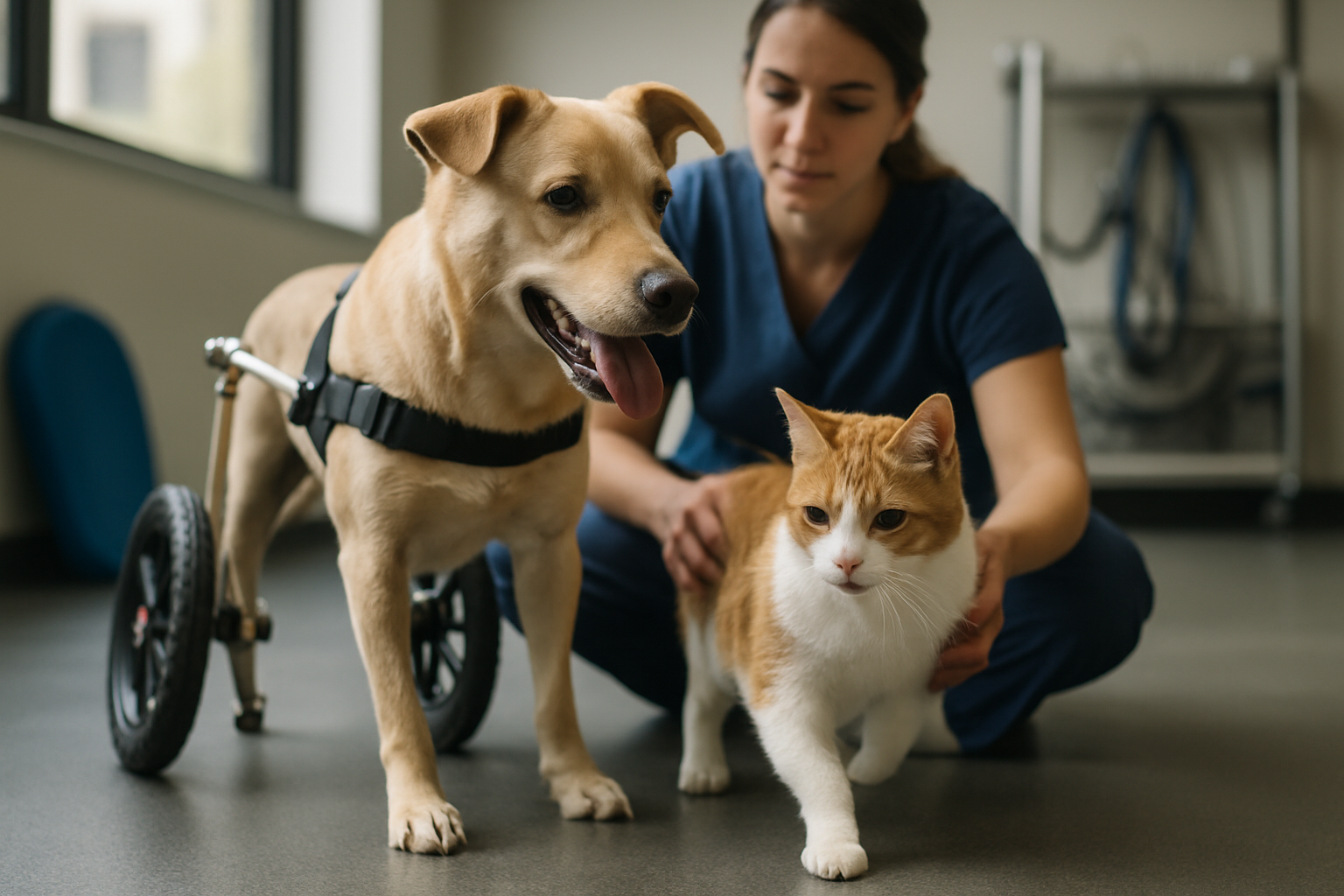Introducing new household members with gradual, low-stress methods
Bringing a new pet into a home can be rewarding when done with patience and planning. This short guide outlines gentle, step-by-step approaches that reduce stress for existing animals and newcomers, emphasizing gradual introductions, sensible routines, and attention to wellbeing and safety.

Introducing a new animal to your household benefits from deliberate pacing, clear routines, and careful observation of each animal’s response. Start by creating predictable spaces and gradual contact opportunities so stress signals are easier to spot and address. Small, consistent steps help both resident animals and newcomers form positive associations with one another, with attention to nutrition, training, behavior cues, grooming, and overall wellness shaping smoother transitions.
This article is for informational purposes only and should not be considered medical advice. Please consult a qualified healthcare professional for personalized guidance and treatment.
How can socialization and behavior be eased?
Start introductions with controlled, short encounters where both animals can retreat: crate, carrier, or gated rooms work well. Watch body language closely—avoid forcing interactions if one pet shows avoidance, freezing, stiff posture, raised hackles, or growling. Use calm, low voices and reward neutral or positive behavior with small treats or praise. Gradual socialization sessions build confidence; repeat brief, positive experiences rather than a single long meeting. If behavior concerns persist, consider working with a certified behaviorist or trainer in your area to tailor a stepwise plan that addresses fear or resource guarding safely.
What nutrition and exercise adjustments help?
Maintain consistent feeding schedules to reduce competition and tension; feed pets separately at first if needed. Balanced nutrition supports stress resilience, so stick to a vet-recommended diet and avoid sudden food changes. Increase supervised exercise and play for all animals to reduce anxiety-driven behaviors and expend excess energy. Short, calm walks or interactive play sessions can improve mood and lower reactivity during introductions. If you travel with pets or need temporary boarding during the adjustment, plan familiar feeding and exercise routines to preserve stability.
How to use training and enrichment effectively?
Training provides structure and builds cooperative behavior during introductions. Teach basic cues like “sit,” “stay,” and “leave it” before full interactions, and use positive reinforcement to shape calm responses. Enrichment—puzzle feeders, scent games, and rotating toys—reduces boredom and redirects stress-driven behaviors. Offer enrichment to both resident and new pets so neither feels left out; scent exchanges (rubbing a towel on each animal and placing it with the other) can create neutral familiarity. Consistent, short training sessions help pets associate the new companion with rewards and reassuring routines.
How to manage grooming, wellness, and veterinary needs?
Prioritize up-to-date veterinary care for all animals before introductions: vaccinations, parasite checks, and general health screens reduce transmissible risks. Routine grooming helps monitor skin, coat, and body conditions that might contribute to discomfort or irritability. Keep a basic firstaid kit for minor incidents and know when to contact a vet for wounds or sudden behavioral changes. Regular wellness checks support long-term adjustment, and your veterinarian can advise on stress-reduction strategies, supplements, or medical conditions that affect social behavior.
How to ensure safety and habitat for all members?
Create safe zones where each pet can access food, water, and rest without competition. Use barriers, elevated spaces, or separate rooms to provide retreat options. Secure habitat elements—crate training for dogs, vertical space for cats, or escape-proof enclosures for small mammals—reduces surprise confrontations. Consider safety for children too; supervise interactions and teach gentle handling. For pets that travel, use secure carriers and introduce short, calm trips to familiarize them. Firstaid knowledge and clear emergency plans add an extra layer of safety during transitional periods.
How to support adoption and seniorcare transitions?
Adoption introduces emotional change for resident animals and newcomers; allow an extended adjustment timeline and manage expectations. For senior pets, prioritize comfort: softer bedding, gentle grooming, and slower-paced introductions to avoid overwhelming them. Monitor appetite, mobility, and stress-related behaviors closely—older animals may need additional veterinary input for pain or cognitive issues that affect social tolerance. When adopting, gather background information on the new animal’s history and work with shelters or rescues to plan compatible matches and gradual home visits.
Introducing new household members with low-stress methods centers on patience, predictable routines, and attention to each animal’s physical and emotional needs. Combining consistent training, appropriate nutrition and exercise, targeted enrichment, and careful habitat planning reduces conflict and supports long-term wellbeing. Observe responses, adjust pacing as needed, and consult local services—veterinary clinics, trainers, or behaviorists—if challenges arise. With gradual steps and time, many households see improved relationships and a more harmonious home environment.





